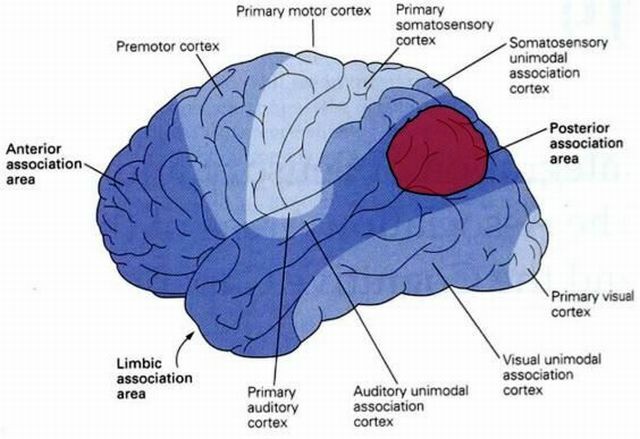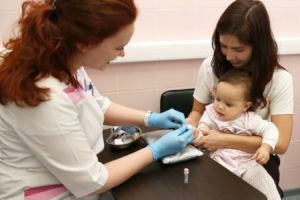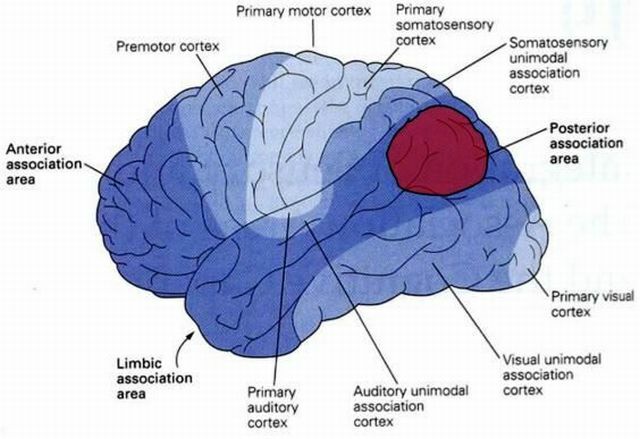 Gerstmann Syndrome( Gerstmann Syndrome) is a neurological disorder that indicates a partial disruption of the patient's own body sensation. The appearance of pathology is caused by negative changes in the cerebral hemispheres, most often the left part of the brain.
Gerstmann Syndrome( Gerstmann Syndrome) is a neurological disorder that indicates a partial disruption of the patient's own body sensation. The appearance of pathology is caused by negative changes in the cerebral hemispheres, most often the left part of the brain.
The patient is not able to list the simplest names of parts of his body and fingers, does not see a difference in the right or left part of the body, is not able to write even the simplest word or perform elementary mathematical tasks such as to add or subtract prime numbers.
The presented pathology is accompanied by acalculia, that is, there is a failure in the ability to count and subtract, finger agnosis, and also agrarians - the patient loses the ability to write, does not perceive the written text, does not understand it, as well as the specific disease of alexia -that is, those states that are not characteristic of a healthy person.
Causes of
As noted earlier, Gerstmann-Schilder syndrome develops against the background of a lesion in the patient of the dominant hemisphere of the brain, its membrane, cortex, right or left lobes located posteriorly from the sylvian furrow.
In medical practice, among the main causes, specialists note the development and growth of a tumor, both benign and malignant in the parietal or temporal region of the brain, a failure in the circulation.
Along with these reasons, doctors note that this headache syndrome can also provoke, a virus infection that affects the gray matter and cerebral cortex of the brain, diseases caused by intoxication of the body with toxic agents and complications after vaccination.
Most often the disease manifests itself in patients aged 30 to 40 years, and the duration of the course of the pathology to the lethal outcome is 5-6 years.

In the photo, the area of the brain that suffers from the Gerstmann Shtreusler Syndrome Syndrome
The clinic and symptoms of the
Gerstmann Syndrome occur with a frequency of 1 case per 10 million patients. As noted earlier, the clinical signs show that the syndrome manifests itself at the age of 30-40 years and is very similar in symptomatology with Creutzfeldt-Jakob disease.
As doctors say - the first characteristic symptoms of the syndrome are memory malfunction, then a progressive form of cerebellar ataxia develops, signs similar to parkinsonism.
At the end of the course of the pathology, these symptoms can be accompanied by attacks of psychosis, a depressed state and a sharp loss in weight. The most common manifestations of cerebellar disorders, and depending on the localization in the brain of the lesion, the patient develops a paralysis of the eye or the development of deafness, vision problems and blindness.
Physicians describe various clinical forms of finger agnosia that develops with Gerstman's syndrome - there may be problems with the name of the fingers and problems with their movement on the command, when the doctor asks to show one or the other finger.

In medical practice, doctors diagnose the syndrome for such its main manifestations and symptoms:
- the patient is not able to correctly identify and distinguish between themselves, where the right side, and where the left side of the , conditionally divide its own body vertically and relate organs and systems to the corresponding side;
- in the patient there is no disorder in the coordination of hand movements , the corresponding level of intelligence is preserved, but it completely loses the ability to write;
- the patient is not able to perform elementary mathematical operations - addition and subtraction of prime numbers;
- with Gerstmann's syndrome the patient is not able to understand and perceive the words and sentences written by him - doctors call this state in medicine alexia, for the patient written by him - just a drawing, so to speak scrawl.
Diagnosis and tests of
Diagnosis of pathology involves the appointment of a laboratory genetic test for the detection of mutations in the gene  PRNP.In this version of the study, physicians conduct a nucleotide sequence assay in the gene structure by automatic sequencing.
PRNP.In this version of the study, physicians conduct a nucleotide sequence assay in the gene structure by automatic sequencing.
In addition to genetic studies, the physician also conducts patient diagnostics using cognitive tests that accurately diagnose a person's cognitive dysfunction. They consist for the most part from the list of simple questions, which helps to determine the pathology with a sufficiently high percentage of the probability of its development in each particular case.
In addition to genetic research and testing of the patient, it is examined using magnetic resonance imaging of the brain - it helps to identify the focus of the lesion at all stages of the syndrome, to determine changes in the cortex and structure of the gray matter, to identify the infringement of nerve fibers and problems with blood flow.
Also used is a study of blood, its composition for the detection of prions by immuno-blotting in peripheral lymphocytes. Investigate and liquor for the presence of neurospecific protein, apply the ELISA method.
What can medicine offer?
In the treatment of Gerstmann's syndrome, at the outset, doctors establish the underlying cause that led to the development of this pathology or the negative mechanisms that triggered it.
Most often the course of treatment is symptomatic - at the moment, scientists have not developed effective methods to combat this disease of the brain.
To eliminate the negative symptoms of the developing syndrome, doctors prescribe a course of nootropics and protectors of cognitive functions, and correctors of the patient's behavior are also applied.
A course of physical therapy and massage sessions, swimming pool visits, if the state of health allows, as well as the course of sanatorium treatment, is more likely to support the patient's condition than complete treatment, although they give significant results in improving the general condition of the patient.



